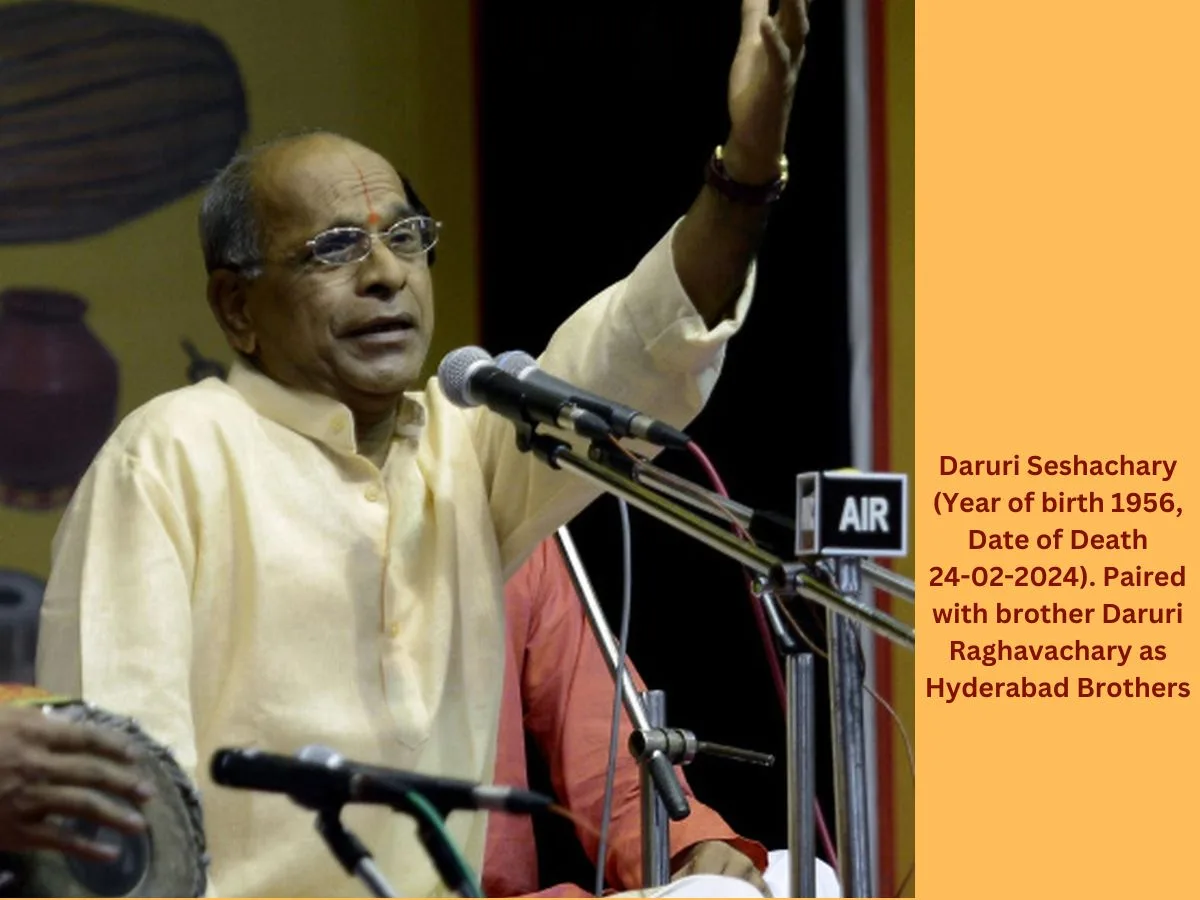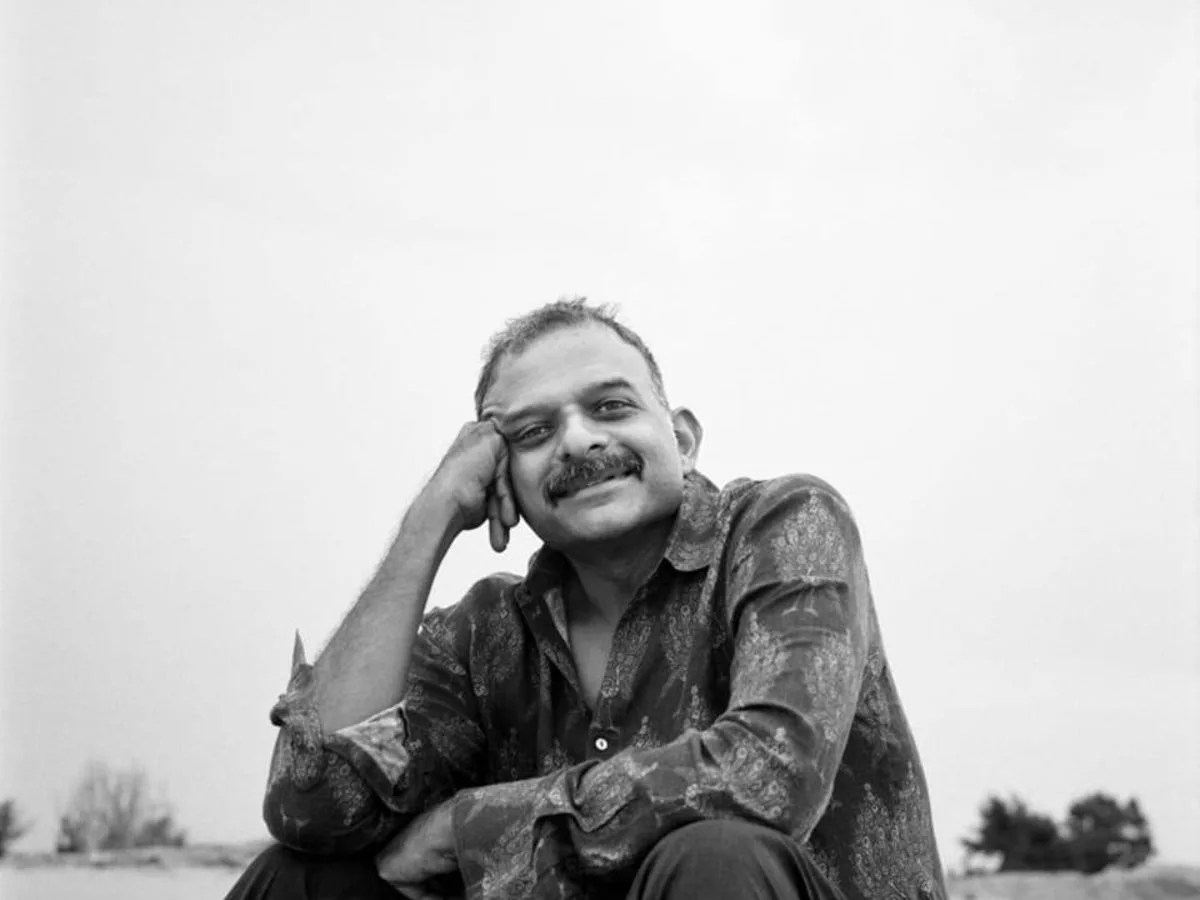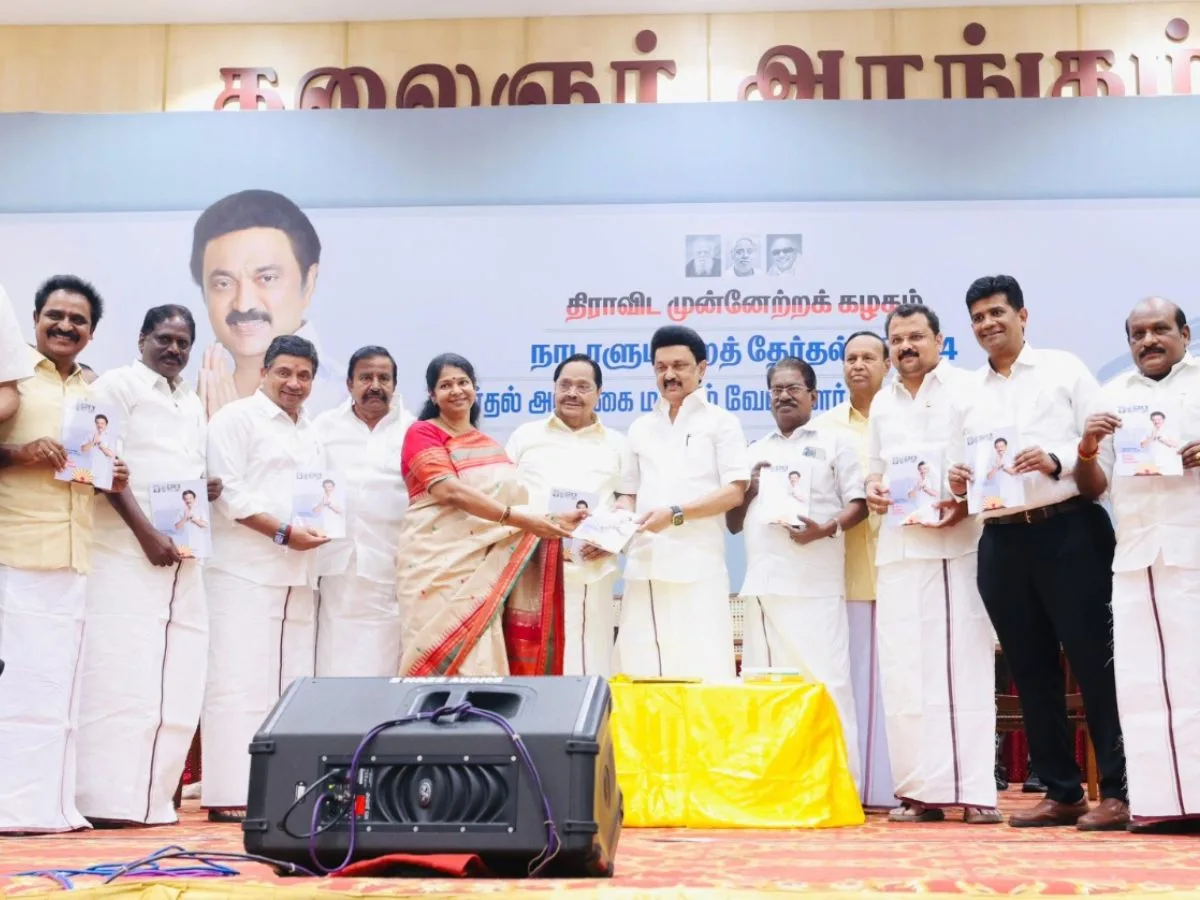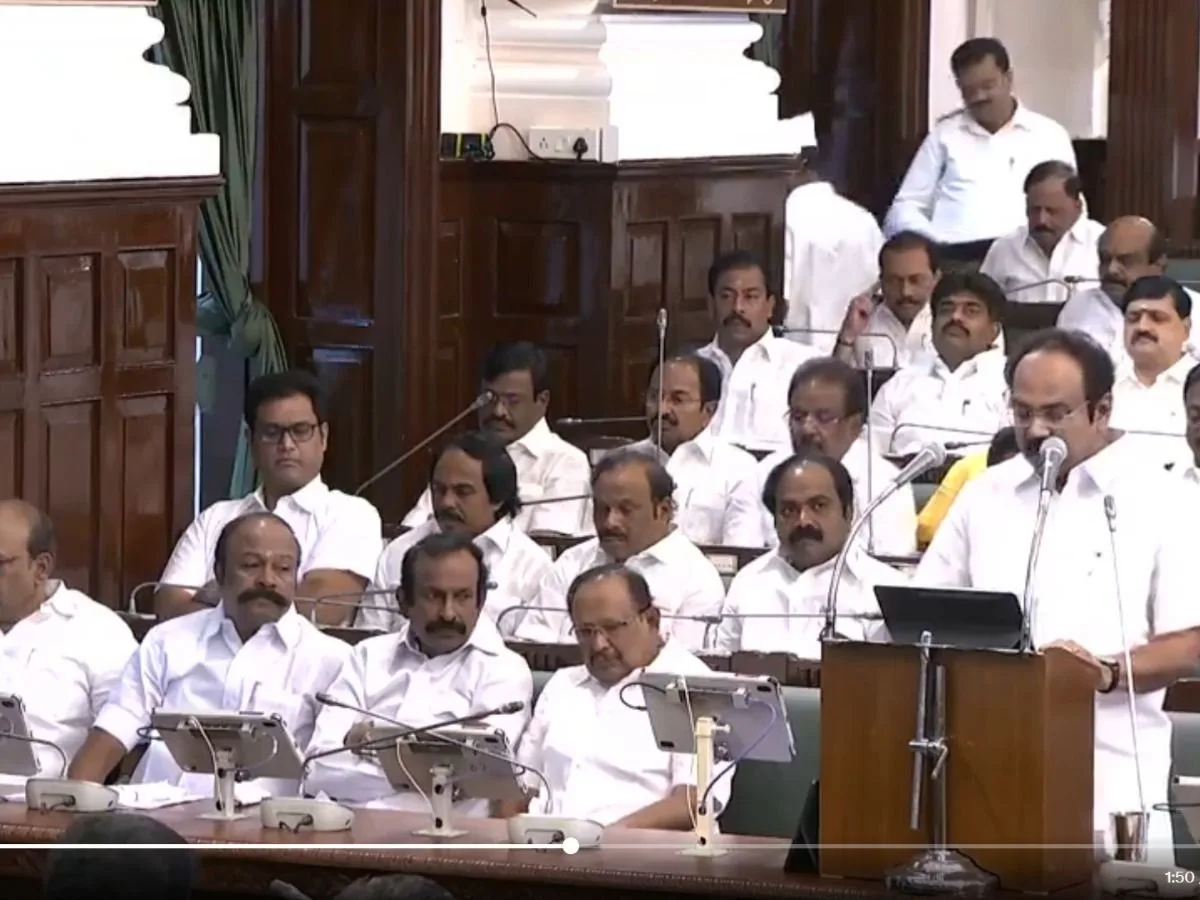Read in : தமிழ்
National Geographic Magazine has selected Parivel Veerasamy’s wildlife photographs a few times as best pictures. The reputed magazine for nature and wildlife lauded him for his photographic skills. But Parivel did not know anything about photography till he was 27 years-old.
Parivel hails from Avarikadu village near Vedaranyam in Nagapattinam district. He worked in saltpans and construction sites for a livelihood. Inmathi talks to him about how he found his calling and his journey.
Question: Tell us something about your journey in photography…
Answer: I never had any background in photography. I was working in salt pans and construction sites in Kerala till I was 27. Beyond a point, I felt the manual labour very tiring. I decided to change my profession and joined a chitfund company. I met different people during this work. As a collection agent, I could see the daily struggles of people. I found that people pay willingly at photo studios. It was the spark, I guess.
Question: How did you become a photographer?

Wildlife photographer Parivel Veerasamy
Answer: As a collection agent, I don’t get any off day. When a close relative died, I took one day leave and the managers were rude to me. I decided to quit. The manager asked me what would I do if I did not have that job. I told him that I was planning to start a photo studio. He mocked me. It was hurting and I longed to start a photo studio.
But, I did not know anything about photography. I sought the help of acquaintances (studio owners) I met during my stint in chit-fund company. But nothing much was forthcoming. Finally, one of them taught me some basics of photography. I bought a low-cost camera and started my work as photographer. I used to study photography books at length. I scrambled for any useful information on photography. But I was still struggling to cut the pictures. I bought a cutting machine and managed somehow. Many years passed by the time I learned the nuances of photography.
I found all of us have that urge to observe wildlife. Perhaps, it is our primeval instinct to watch wildlife and protect ourselves.
Question: How did you end up in wildlife photography?
Answer: While I was going out for wedding shoots, I would take some outdoor pictures like nature. I used to upload them on social media. I happened to make some friends in this manner. I was observing some pictures uploaded by Selvam, an arts teacher from Neyveli. He was uploading pictures taken from Vedaranyam which is my area. I met him and had a talk. We both traveled to Uppumalai in Vedaranyam.

A seagull photo taken near Nagapattinam coast
When we reached the spot, I saw he was quietly assessing the area. I often start clicking as soon as I reach a spot. Selvam finally clicked a picture when a man riding a cycle crossed. Similarly, he clicked some pictures when birds crossed. I learnt how to bring depth in photography and the role played by birds and animals in pictures.
I found all of us have that urge to observe wildlife. Perhaps, it is our primeval instinct to watch wildlife and protect ourselves. I used to ask my fellow photographers what they would do if they got Rs 1 crore. To my surprise, many responded that they would use it all to take wildlife pictures. I realized the value of wildlife photography.

Parivel uses local ambience and available equipment
Question: After you decided to follow wildlife photography, where did you start?
Answer: I started from my locality. I am still roaming around here taking wildlife pictures. Wildlife photography is a costly affair. Affluent people who don’t have to worry about money can follow it as a hobby. A lens may cost many lakh rupees. So I started thinking what I could afford with the equipment I have got. I look for wildlife pictures in the nature around me. The distance between my village and the studio is 13 kilometers. I click pictures within this radius. I take pictures of wildlife available here and wait for hours to get that perfect shot.

Most of his pictures were taken in and around Vedaranyam
Question: How many wildlife pictures have you taken?
Answer: I have taken more pictures than a professional wildlife photographer would click in a year. I have taken best pictures too.

For a skilled photographer the smallest of an insect can become the best picture
Question: When did you get this recognition of a wildlife photographer?
Answer: In addition to wildlife photography, I also did street photographs. A picture I took during Kulasekarapatnam Dasara was recognized by National Geography as one among their 12 best pictures. Another picture was also shortlisted as the world’s best picture. Many camera makers have recognized my pictures as best photographs.
None of the wild animals need the help of human beings for their survival. The future of man depends on meaningful co-existence with nature.

Another captivating click by Parivel
Question: What did you learn as a wildlife photographer?
Answer: I have learnt nature. Man needs an entire eco-system including every living organism for his life. But nature doesn’t need us. None of the wild animals need the help of human beings for their survival. The future of man depends on meaningful co-existence with nature. And if he fails to do that, nature at one point of time will exterminate human race and proceed to fix the balance. This is the lesson I have learnt.
Read in : தமிழ்











